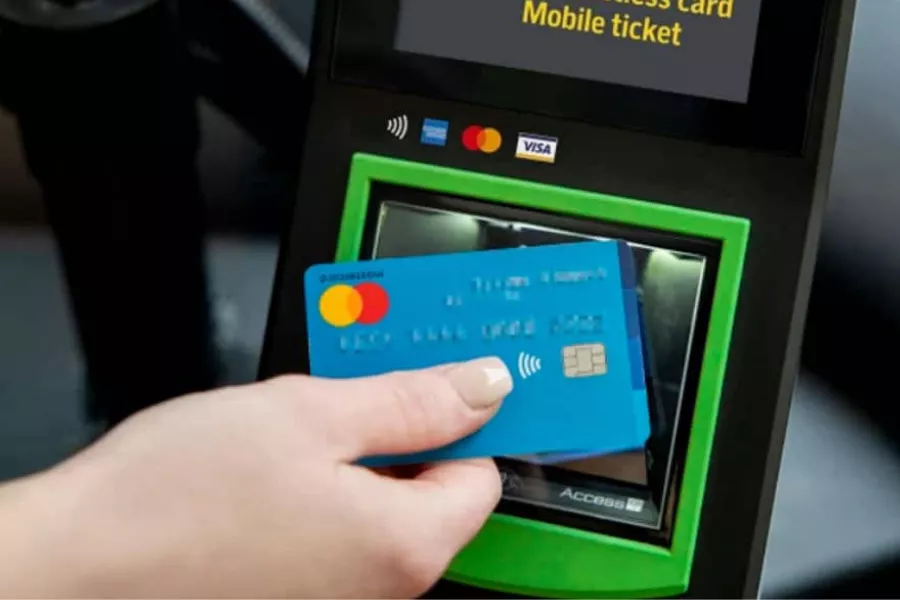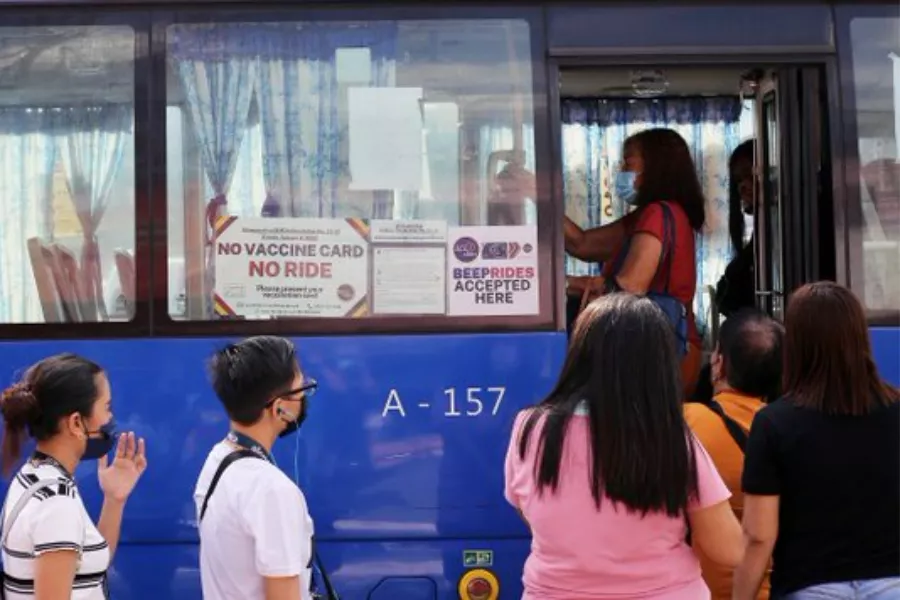The Department of Transportation (DOTr) is currently looking into introducing more cashless fare payment options for the Philippine public transportation system. Other alternative means that it is considering include smartphones, credit cards, QR codes, and ATM cards.

Cashless fare payments are the norm in many other countries around the world
Future implementation of these additional cashless fare payments will be made available to buses, rail lines, as well as modernized jeepneys.
Beep cards are in use currently, but the agency says that adding more avenues for cashless fare payments will aid in bringing the country to the global standards of cashless payments. Multiple means of paying for a fare after all, has been a common practice in other countries for quite some time now.
One of the recent test projects in line with this initiative is the Automated Fare Collection System (AFCS) which was done in partnership with the Landbank of the Philippines. This particular system is tied to cards that use the Europay-MasterCard-Visa (EMV) payment method. It was available for use at the Parañaque Integrated Terminal Exchange (PITX) last September 1, 2022.
When that AFCS pilot test was running, the agency managed to gather data on how the system does in real-world and real-time operating conditions. It also functioned as a way to advertise the capabilities of EMV cards as a viable means of paying for one’s fare.

Beep is currently the most popular form of cashless fare payment in the country
As noted by the DOTr, there are several advantages being offered by the AFCS. More cards from a variety of banks are compatible with it since it uses EMV. It is also considered secure, and it also improves passenger convenience as well.
The said agency also added that this system might even lessen management costs for transit operators. This is logical since the AFCS requires little to no human management for its day-to-day operations.
Beyond the AFCS, the DOTr is also looking into payments through a Near Field Communication System. In the future, this will also allow commuters to pay for their fares via smart devices like a smartwatch.
For more car news, transport-related news, and automotive industry updates, keep it here on the Philippines’ largest automotive portal.